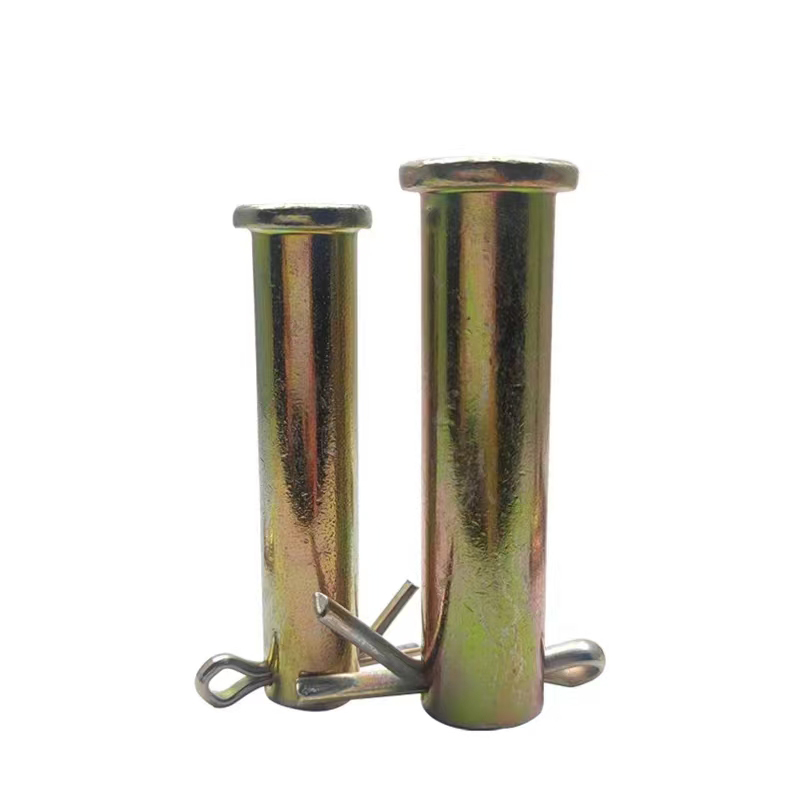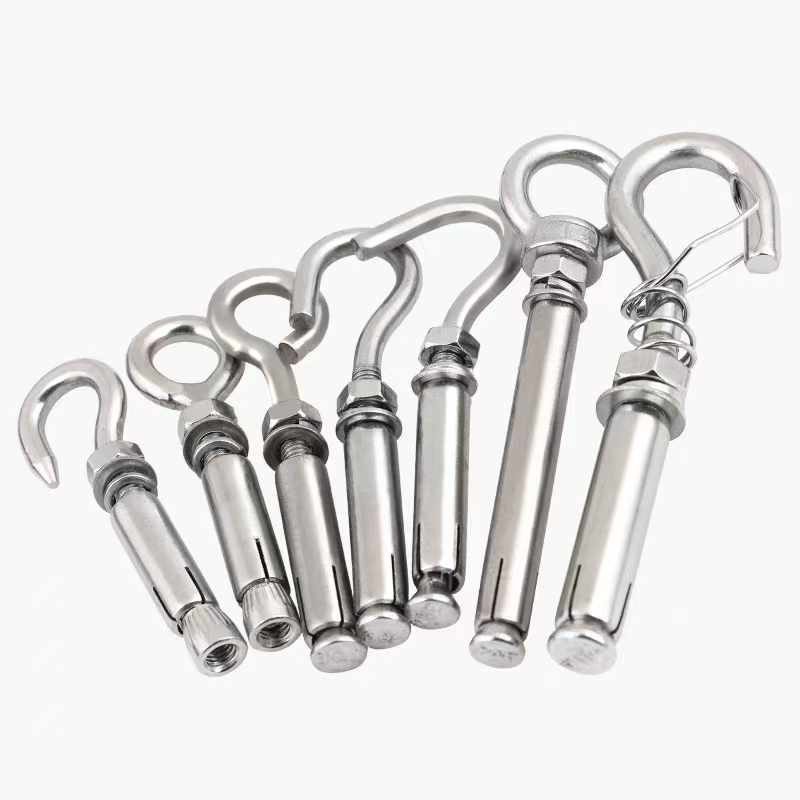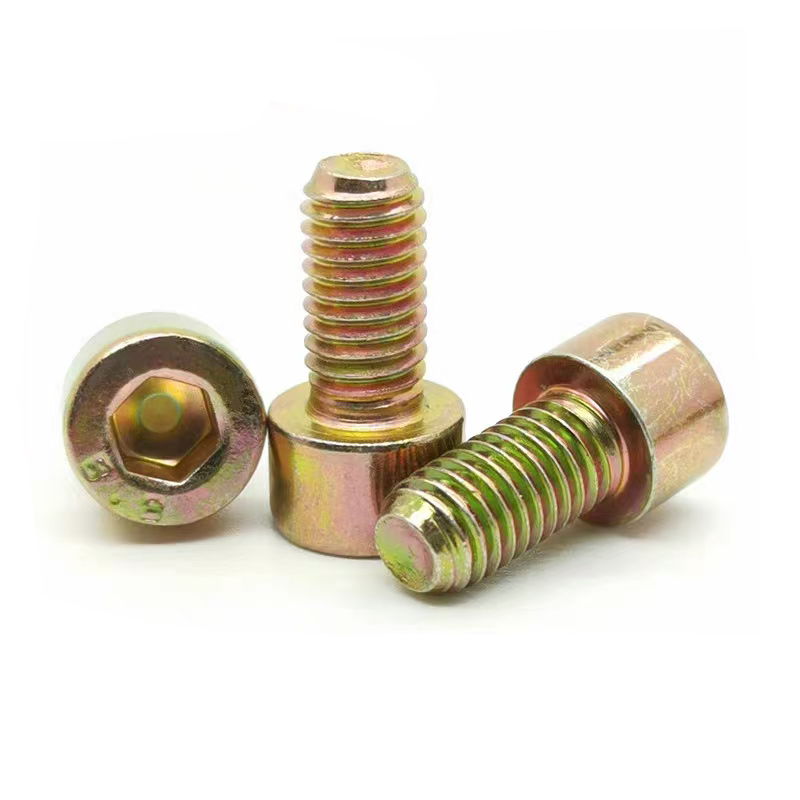- Chinese
- French
- German
- Portuguese
- Spanish
- Russian
- Japanese
- Korean
- Arabic
- Irish
- Greek
- Turkish
- Italian
- Danish
- Romanian
- Indonesian
- Czech
- Afrikaans
- Swedish
- Polish
- Basque
- Catalan
- Esperanto
- Hindi
- Lao
- Albanian
- Amharic
- Armenian
- Azerbaijani
- Belarusian
- Bengali
- Bosnian
- Bulgarian
- Cebuano
- Chichewa
- Corsican
- Croatian
- Dutch
- Estonian
- Filipino
- Finnish
- Frisian
- Galician
- Georgian
- Gujarati
- Haitian
- Hausa
- Hawaiian
- Hebrew
- Hmong
- Hungarian
- Icelandic
- Igbo
- Javanese
- Kannada
- Kazakh
- Khmer
- Kurdish
- Kyrgyz
- Latin
- Latvian
- Lithuanian
- Luxembou..
- Macedonian
- Malagasy
- Malay
- Malayalam
- Maltese
- Maori
- Marathi
- Mongolian
- Burmese
- Nepali
- Norwegian
- Pashto
- Persian
- Punjabi
- Serbian
- Sesotho
- Sinhala
- Slovak
- Slovenian
- Somali
- Samoan
- Scots Gaelic
- Shona
- Sindhi
- Sundanese
- Swahili
- Tajik
- Tamil
- Telugu
- Thai
- Ukrainian
- Urdu
- Uzbek
- Vietnamese
- Welsh
- Xhosa
- Yiddish
- Yoruba
- Zulu
- Kinyarwanda
- Tatar
- Oriya
- Turkmen
- Uyghur

10.9S shear bolt
Understanding the 10.9S Shear Bolt: A Practical Perspective
In the realm of industrial fastening, the 10.9S shear bolt holds a significant role. Often misunderstood, these bolts are far from your average fastener. They are specially engineered to handle specific shear stress parameters, making them vital in applications where safety and reliability are non-negotiable.
Introduction to 10.9S Shear Bolts
To start, it's crucial to grasp what the 10.9S rating means. The number 10.9 designates the bolt's tensile strength, defining its capability to withstand forces without breaking. The S stands for shear strength–a unique characteristic for these bolts. This specialization is not just a mere label but a result of careful engineering and rigorous testing.
In practice, I've seen these bolts frequently employed in construction projects, especially for high-load connections. Their design is aimed at taking lateral forces, which is critical for maintaining structural integrity under specific conditions. One time, during a bridge restoration project, we faced a challenge where traditional fasteners failed under the working loads; switching to 10.9S shear bolts resolved the issue perfectly.
The journey of selecting the right fastener often involves evaluating environmental conditions, load expectations, and often, budget constraints. The 10.9S shear bolt stands out in scenarios where standard bolts just won't suffice. It serves as a testament to engineering nuances tailored to exacting standards, which are vital for both safety and cost-efficiency.
Industry Applications and Misconceptions
A common misconception is that all high-strength bolts can replace one another. This could not be further from the truth. The distinctive attributes of a 10.9S shear bolt set it apart substantially. Using a standard bolt instead of a specialized shear bolt in certain scenarios could lead to catastrophic failures, something I, unfortunately, observed when a colleague disregarded specifications on a job site.
Industries from automotive to aerospace rely heavily on these bolts. Their ability to handle opposing shear forces makes them indispensable. In fact, at Handan Zitai Fastener Manufacturing Co., Ltd., one of the largest standard part production bases in China, these bolts are a frequent topic of discussion among engineers and clients alike. This company, accessible via their website here, exemplifies how critical correct bolt application is in their robust catalog of fasteners.
Even so, not all engineers are aware of the intricate differences that characterize these fasteners. Training and experience play huge roles in avoiding errors. Once, during a seminar, an engineer shared an account of misinstallations caused by simple misunderstandings of fastener properties. It was a stark reminder of why continuous education on specifications and applications is paramount.
Material and Design Considerations
A proper understanding of the material composition of a 10.9S shear bolt is key to leveraging its benefits. Typically crafted from medium-carbon steel, these bolts undergo heat treatment, elevating their strength and resilience. This process is crucial for achieving the desired mechanical properties.
Design nuances also play a significant role. The shear plane interfaces, defined during the design phase, can dictate the success of the application. Overlooking these can lead to suboptimal performance. In one instance, we had to redesign a joint because the original setup didn't align with the supposed shear planes, illustrating the importance of meticulous planning.
Innovation in material science constantly introduces new alloys and treatments, pushing the envelope further. Keeping abreast of these developments ensures that choices made today remain relevant tomorrow. It's a dynamic field, and staying updated is as crucial as understanding the basics.
Challenges in Real-World Scenarios
In the field, real-world challenges often test theoretical knowledge. For instance, environmental conditions like corrosion can drastically reduce a fastener's lifespan. Fortunately, manufacturers like Handan Zitai offer various coatings to mitigate these impacts, increasing the longevity and reliability of these critical components.
Installation errors are another frequent issue. Incorrect torque application can compromise a bolt's integrity, leading to early failure. This is why consistent training and strict adherence to installation protocols are non-negotiable. The broader the awareness of these potential pitfalls, the better equipped the industry will be in avoiding costly mistakes.
The goal should always be problem anticipation rather than reaction. Proactive approaches often save time and resources, ensuring projects proceed with minimal hiccups. Lessons learned from past experiences should inform future practices, creating a cycle of continuous improvement.
Conclusion: The Importance of Expertise and Continuous Learning
In the end, the 10.9S shear bolt is more than just a component; it's a cornerstone of secure, reliable engineering. Misunderstanding its capabilities can lead to significant issues. Expertise, both in understanding specifications and applying them practically, is invaluable.
Networking with seasoned professionals, such as those at Handan Zitai, offers insights that only experience can provide. Staying curious and committed to learning ensures that mistakes are minimized and successes maximized. In the ever-evolving field of engineering, embracing this mindset is key to sustaining excellence.
Overall, as industries progress, so do the demands on components like the 10.9S shear bolt. Today's challenges are stepping stones for tomorrow's innovations, and staying informed is as critical as any technical knowledge you may hold.
Related products
Related products
Best selling products
Best selling products-
 Colored zinc plated countersunk cross bolts
Colored zinc plated countersunk cross bolts -
 Stud bolts
Stud bolts -
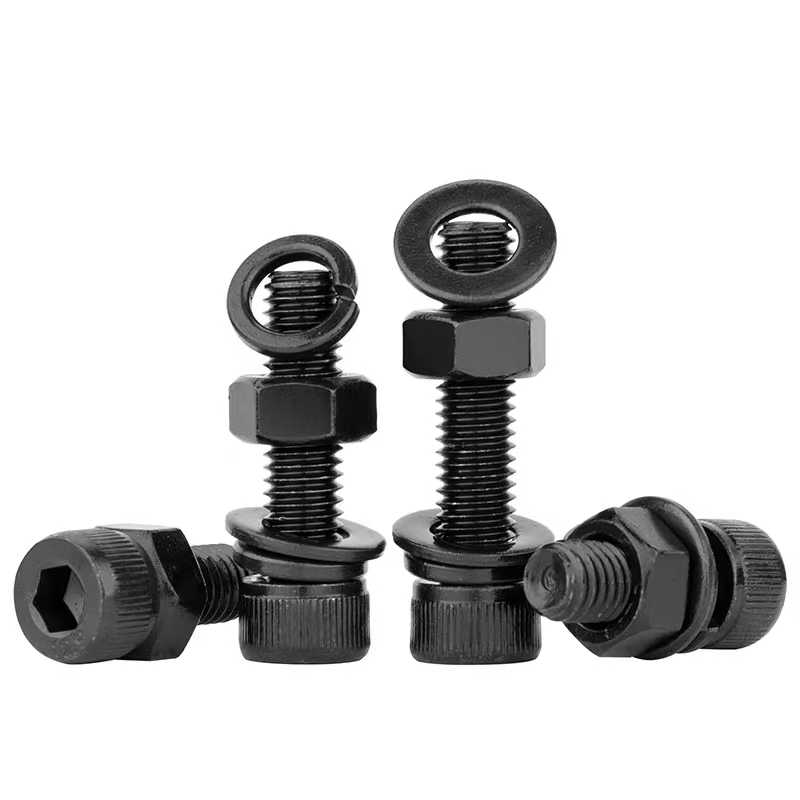 Hexagon socket black zinc-plated bolts
Hexagon socket black zinc-plated bolts -
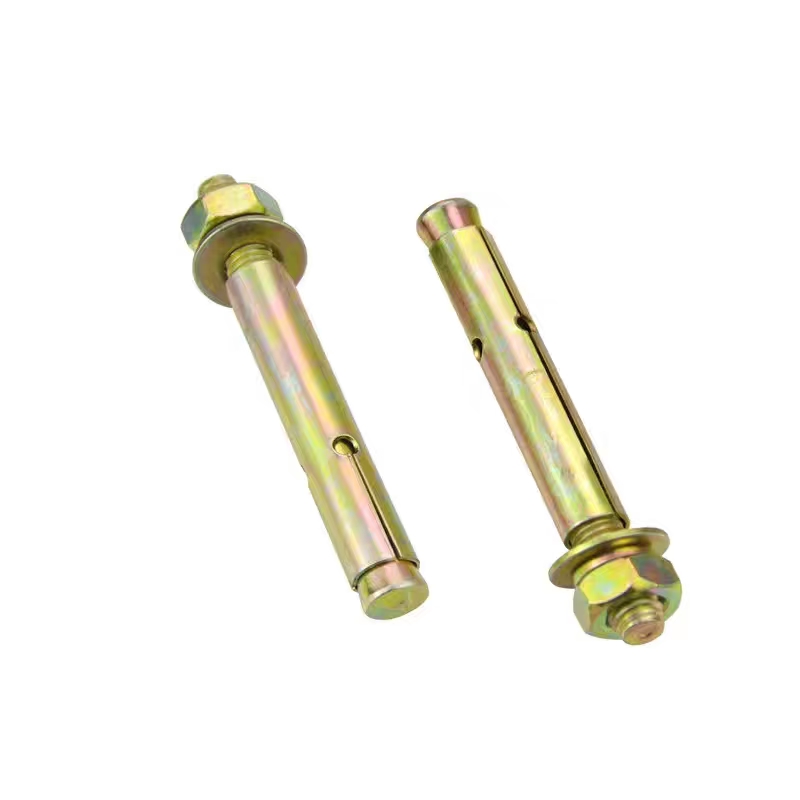 Colored zinc-plated expansion bolts
Colored zinc-plated expansion bolts -
 Umbrella handle anchor (J-type anchor bolt/umbrella handle embedded bolt)
Umbrella handle anchor (J-type anchor bolt/umbrella handle embedded bolt) -
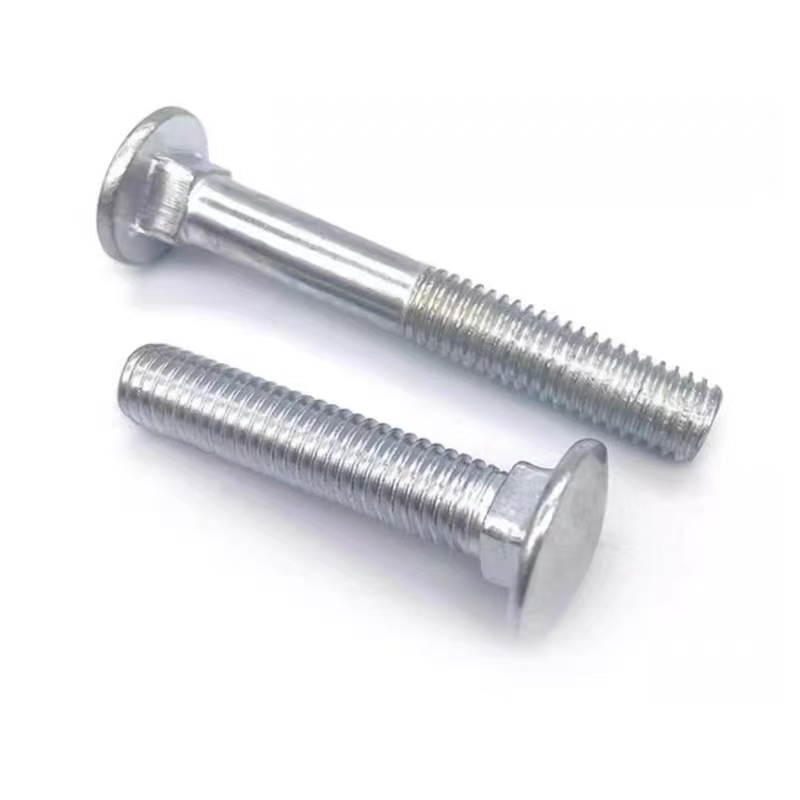 Carriage bolt (half-round head square neck bolt)
Carriage bolt (half-round head square neck bolt) -
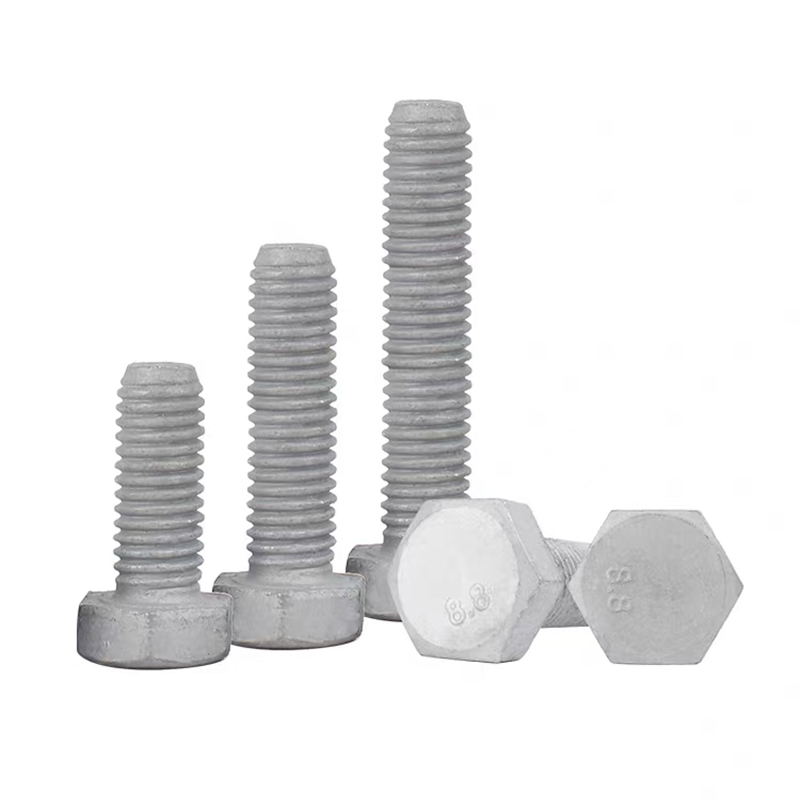 Hot-dip galvanized hexagonal bolts
Hot-dip galvanized hexagonal bolts -
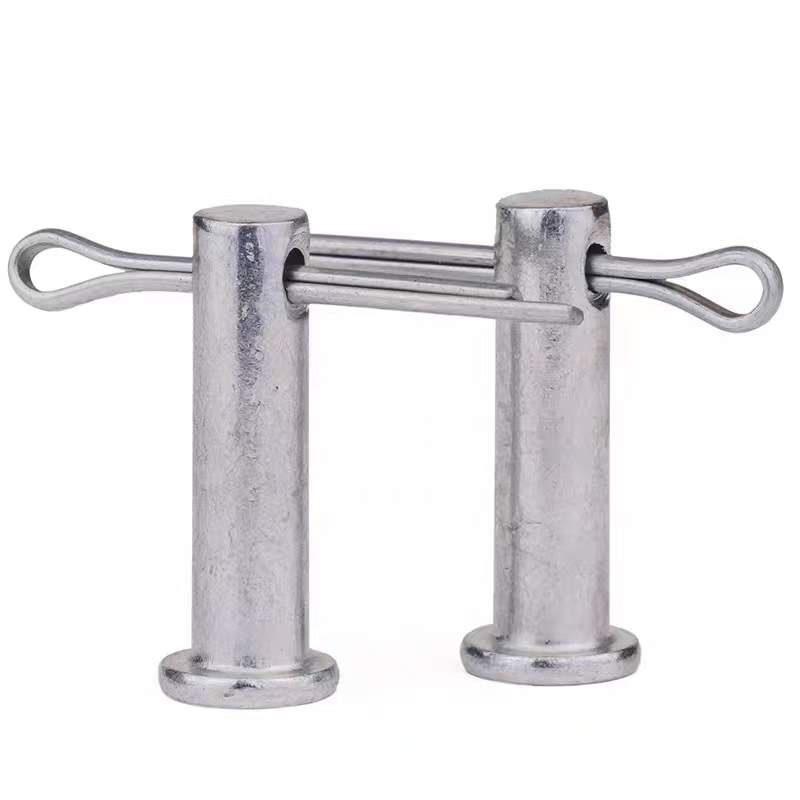 Electrogalvanized pins
Electrogalvanized pins -
 Hexagon socket electrogalvanized bolts
Hexagon socket electrogalvanized bolts -
 High-strength blackened gasket
High-strength blackened gasket -
 High-strength blackened nuts
High-strength blackened nuts -
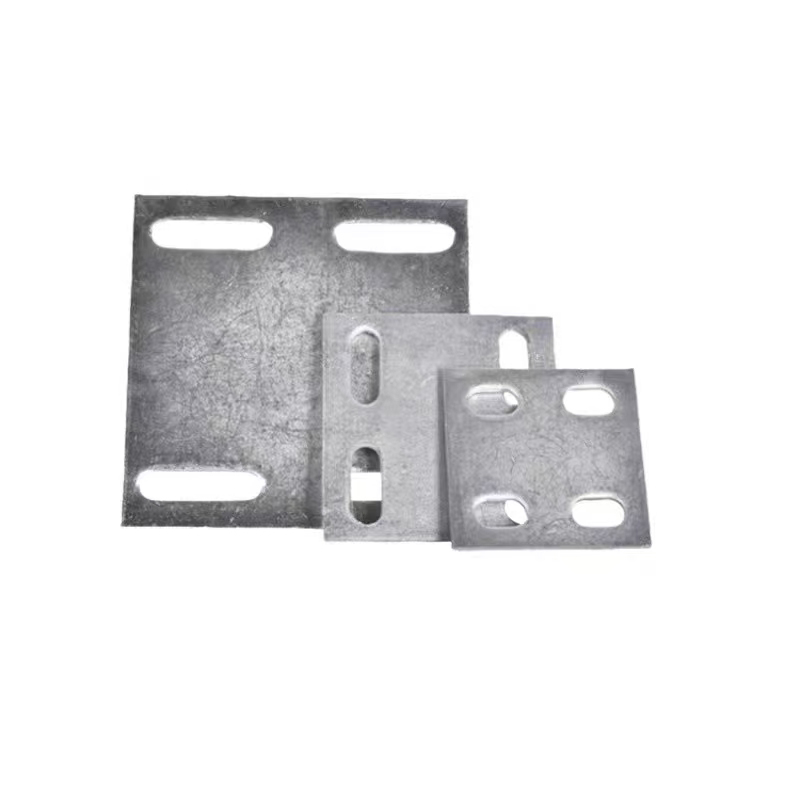 Hot-dip galvanized embedded plate
Hot-dip galvanized embedded plate





